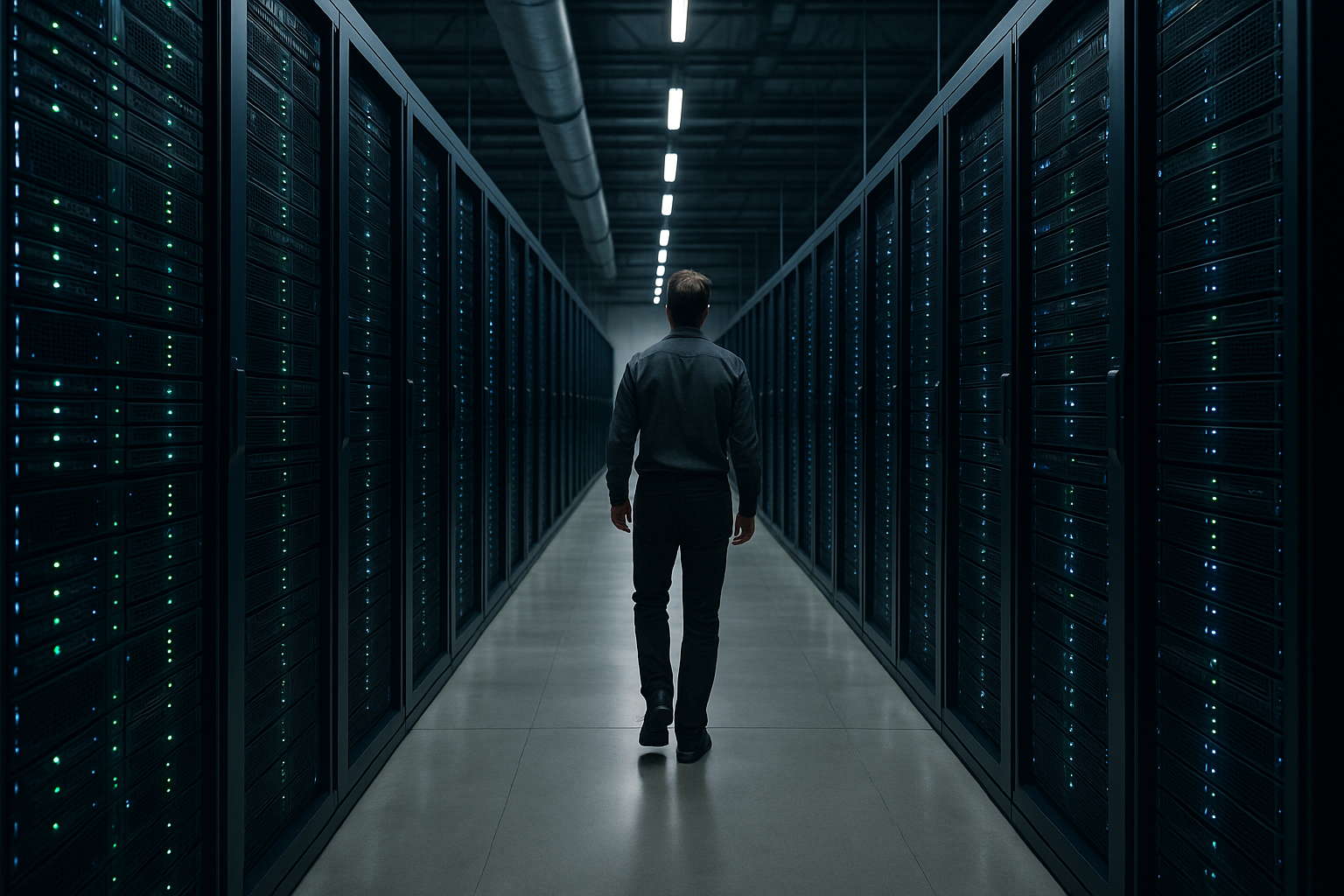Comparing Storage Options: SSD, NVMe and HDD Explained
Choosing between SSD, NVMe, and HDD affects everyday tasks from boot times to large-file storage and backups. This short overview highlights speed, durability, capacity, and common use cases so you can align a storage choice with needs like gaming, streaming, media archives, or portable computing while keeping compatibility and upgrade paths in mind.

Storage choice shapes how a device behaves: faster drives speed up booting, reduce application launch times, and make multitasking smoother, while larger-capacity drives store media archives and backups. Understanding SSD, NVMe, and HDD technologies helps when planning upgrades, balancing hardware limits, and matching storage to software demands, peripherals, and typical workflows such as streaming, content creation, or storing large datasets.
How does storage relate to hardware and software?
Storage is a hardware component whose performance directly influences software behavior. Operating systems, file systems, and drivers rely on read/write latency and throughput; slower drives increase load times and can bottleneck CPU-bound workloads waiting for data. The interface—SATA for many SSDs or PCIe for NVMe—determines theoretical maximums, and motherboard firmware may limit certain features. When choosing storage, check form factor, controller compatibility, and whether your system firmware supports TRIM, NVMe boot, or hardware encryption integration.
How does storage affect performance and streaming?
Performance differences show up in random I/O and sustained transfers. NVMe drives typically deliver the lowest latency and highest sequential throughput, which benefits large file transfers, video editing, and high-bitrate streaming. SATA SSDs improve general responsiveness compared with HDDs and are sufficient for typical office work and gaming load times. HDDs provide decent sequential speeds for backups and archival media; however, their higher latency and lower IOPS make them less suited to tasks that demand fast random access or many small file operations.
What about portability, battery, and cooling?
SSDs and NVMe modules are compact and shock-resistant, making them preferable for laptops and portable external storage. Because they complete tasks faster, faster drives can let systems return to low-power states sooner, sometimes improving battery life in practice. NVMe modules can generate noticeable heat in confined spaces, so thermal design and cooling matter—throttling may occur without adequate airflow or M.2 heatsinks. External HDDs are bulkier and draw more power, which impacts portability and battery usage for on-the-go backups.
How do peripherals, connectivity and drivers matter?
External enclosures, docks, and NAS boxes depend on supported interfaces (USB, Thunderbolt, SATA, or PCIe) to deliver expected performance. A fast NVMe in a USB 3.2 Gen 1 enclosure will be bottlenecked by the interface. Drivers and firmware updates can affect reliability and speed: OS-level NVMe drivers, chipset drivers, and vendor firmware can enable features or fix issues. Verify peripheral compatibility with your OS and check for available firmware or driver updates before deploying drives in production or with specialized hardware.
How do compatibility and upgrades work?
Upgrading storage often gives a large perceived performance boost compared with other components. Before upgrading, confirm the physical form factor (2.5”, M.2) and interface support on your motherboard, and ensure the BIOS/UEFI supports NVMe boot if you plan to boot from it. Back up data and follow manufacturer instructions for cloning or clean installs. Consider drive endurance ratings and warranty terms when selecting a model, and check that security features such as ATA or TCG Opal encryption are supported by your platform if full-disk encryption is required.
Pricing, providers and cost comparisons
Real-world cost influences the choice between speed and capacity: NVMe drives generally cost more per gigabyte than SATA SSDs, and HDDs typically offer the lowest cost per terabyte. Below is a representative comparison of consumer-oriented drives and their relative cost bands to help illustrate typical trade-offs across providers and product lines.
| Product/Service Name | Provider | Key Features | Cost Estimation |
|---|---|---|---|
| 970 EVO Plus 1TB | Samsung | PCIe 3.0 NVMe, high sustained performance, solid endurance | $80–$130 |
| SN570 1TB | Western Digital | Budget NVMe, balanced everyday performance | $60–$100 |
| 870 EVO 1TB | Samsung | SATA III SSD, reliable boot and upgrade drive | $70–$110 |
| BarraCuda 2TB | Seagate | 7200 RPM HDD, large capacity for media and backups | $40–$70 |
| WD Blue 1TB HDD | Western Digital | Budget mechanical drive for bulk storage | $35–$55 |
Prices, rates, or cost estimates mentioned in this article are based on the latest available information but may change over time. Independent research is advised before making financial decisions.
Choosing between SSD, NVMe, and HDD depends on priorities: pick NVMe when low latency and high throughput matter, SATA SSD for broad compatibility and good responsiveness, and HDD for large, cost-effective storage. Factor in how storage will interact with your hardware, operating system, peripherals, cooling, and security needs when planning upgrades or new purchases.





